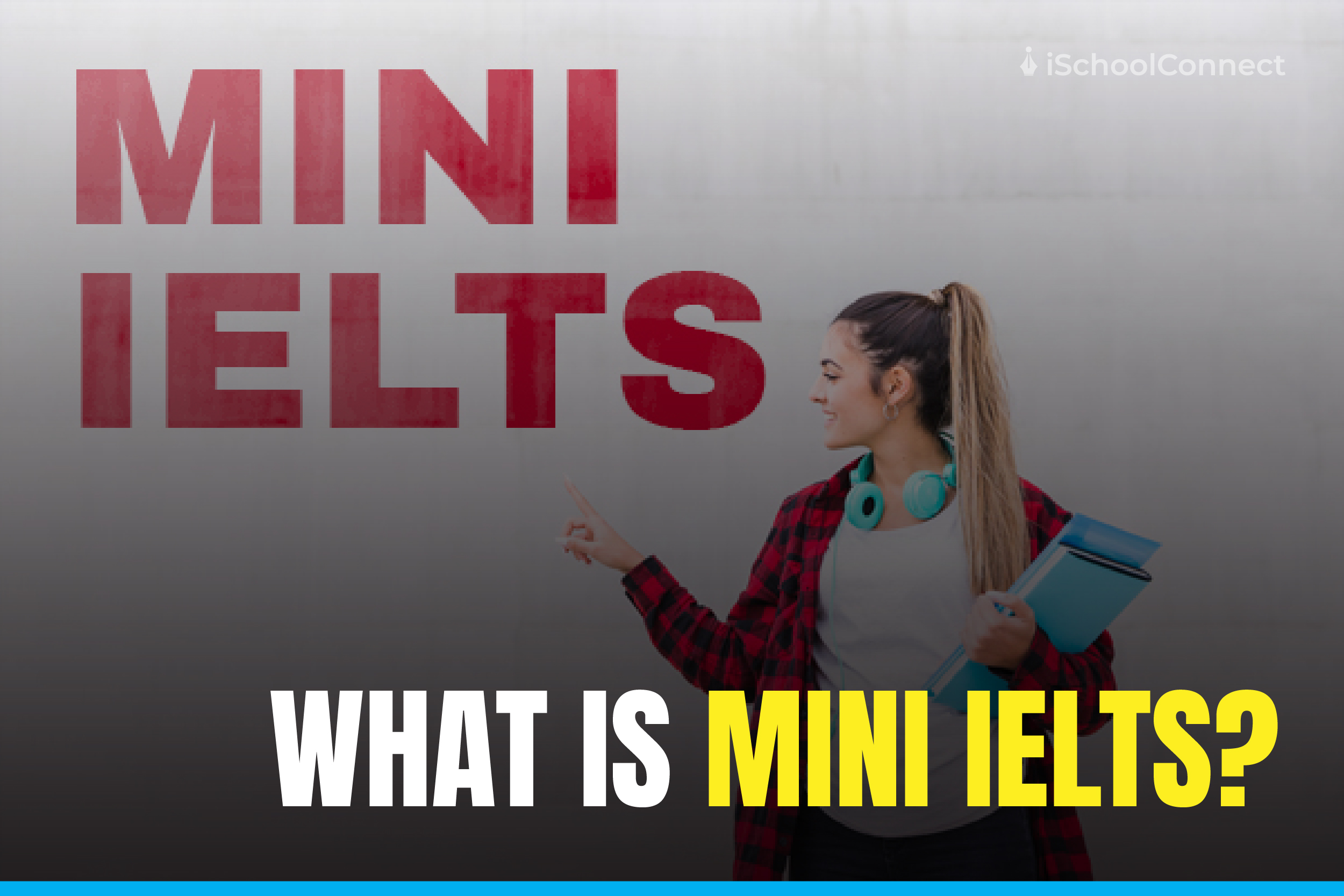Table of Contents
The Central Teacher Eligibility Test or CTET is a national-level test conducted by CBSE twice a year. The CTET certificate is a minimum eligibility criterion for a central government teaching job. CTET certification holders can apply for several central government teaching opportunities including ERDO, NVS army teacher, and KVS.
The benefits of clearing the CTET paper include opportunities with several private institutions across India. A significant number of Union Territories also prefer CTET-qualified professionals for contractual teacher recruitment.
If you are considering attempting this exam, learning about the CTET syllabus can help you prepare better. Keep scrolling as we take you through everything you need to know about this exam!
CTET syllabus and exam – What you need to know
I. How is the CTET paper conducted?
- The CTET paper is conducted by CBSE and is primarily computer-based.
- Clearing CTET makes candidates eligible for vacancies in private and government schools.
- CTET comprises two papers – Paper 1 and Paper 2.
- Paper 1 is for candidates seeking to teach grades 1 to 5.
- Paper 2 is for those seeking to teach grades 6 to 8.
- Besides, aspirants aiming to become teachers for classes 1 to 8 need to attempt both papers.
- The CTET exam fees are as follows-
- General/OBC – INR 1000
- SC/ST/PwD – INR 500
- The exam duration is 150 minutes, and each paper is of 150 marks.
- Aspirants can attempt the exam in 20 different languages.
II. What is the CTET exam syllabus?

The CTET exam syllabus per paper includes-
CTET Paper 1
1. Child Development & Pedagogy
The Child Development & Pedagogy section has 30 questions and the following sections-
- Primary School Child Development – 15 Questions
- Inclusive Education & Children with Special Needs – 5 Questions
- Learning & Pedagogy – 10 Questions
The subjects in the CTET syllabus include-
- Concept of Development
- Principles of Development
- Influence of Heredity & Environment on Learning
- Piaget, Kohlberg, and Vygotsky’s Critical Perspectives
- Language & Thought
- Gender – Gender Roles, Gender Bias, Educational Practice
- Assessments of Learning
- Cognition & Emotions
- Motivation & Learning
- Addressing Specially-Abled, Creative, and Talented Learners
- Addressing Learners from Diverse Backgrounds – Deprived & Disadvantaged
2. Language – I
The Language – I component of CTET has 2 sections-
- Language Comprehension – 15 Questions
- Pedagogy of Language Development – 15 Questions
The subjects covered in the syllabus for this section include-
- Principles of Language Teaching
- Language Skills
- Challenges of Teaching Language
- Critical Perspective on Learning a Language
- Role of Grammar in Learning a Language
- Language Comprehension
- Remedial Teaching
3. Language – II

The Language – II component of CTET comprises of these two sections-
- Comprehension – 15 Questions
- Pedagogy of Language Development – 15 Questions
The subjects covered in the syllabus for this section include-
- Learning & Acquisition
- Evaluation of Language Comprehension & Proficiency
- Language Difficulties, Errors & Disorders
- Role of Listening & Speaking
4. Mathematics
The Mathematics component of CTET has the following sections-
- Content – 15 Questions
- Pedagogical Issues – 15 Questions
The subjects covered in the syllabus for this section are as follows-
- Geometry
- Shapes & Spatial Understanding
- Addition & Subtraction
- Multiplication
- Division
- Volume
- Data Handling
- Diagnostic & Remedial Teaching
- Mathematics in Curricula
- Community Mathematics
5. Environmental Studies
The Environmental Studies component of CTET is divided into-
- Content – 15 Questions
- Pedagogical Issues – 15 Questions
This section has the following subjects-
- Relationships
- Shelter
- Food
- Plants
- Animals
- Approaches to Presenting Concepts
- Scope & Relation to Social Science
- Learning Principles
- Environmental Studies
CTET Paper 2

The CTET Paper 2 follows the first three components of Paper 1, and the CTET syllabus is designed to test knowledge for classes 6 to 8.
The final two components of Paper 2 are as follows-
1. Mathematics & Science
The Mathematics and Science components have 60 questions divided as follows-
Mathematics
- Content – 20 Questions
- Pedagogical Issues – 10 Questions
- Content – 20 Questions
- Pedagogical Issues – 10 Questions
The subjects covered in this section include-
- Algebra
- Fractions
- Whole Numbers
- Number System
- Community Mathematics
- Language Mathematics
- Sources of Food
- Wholesome Food
- Components of Food
- Materials for Daily Use
- Electric Currents, Circuits, and Magnets
2. Social Sciences
The Social Sciences component comprises 60 questions and is divided into two parts.
- Part I – History, Geography, and Social & Political Life
- Part II – Pedagogical Issues
The subjects covered in this component of the CTET syllabus include-
- Political Developments
- Culture and Science
- The First Empire
- Architecture
- Air
- Water
- Resources
- Agriculture
- Unpacking Gender
- Parliamentary Government
- The Judiciary
- Developing Critical Thinking
- Concepts of Social Science
Key takeaways
- The CTET paper is conducted by CBSE and written by aspirants seeking careers as teachers for classes 1 to 8.
- CTET is divided into two papers – Paper 1 and Paper 2.
- Paper 1 is for aspirants seeking to teach grades 1 to 5. On the other hand, Paper 2 is for aspirants seeking careers as teachers for grades 6 to 8.
- Understanding the CTET syllabus for each component can help aspirants prepare better.
Now that you know all about the CTET syllabus, prepare well and crack the exam! If you have any questions/suggestions, feel free to reach out to us!
Liked this blog? Read next: CDS Syllabus | 5 Things you must know for the 2022 exam
FAQs
Q1. What is the format of the questions asked?
Answer – The CTET questions are asked in an MCQ format.
Q2. How many cities in India is the CTET exam conducted?
Answer – The CTET exam is conducted across 200+ cities in India.
Q3. Does the CTET paper have negative marking?
Answer – There’s no negative marking for incorrect answers.






